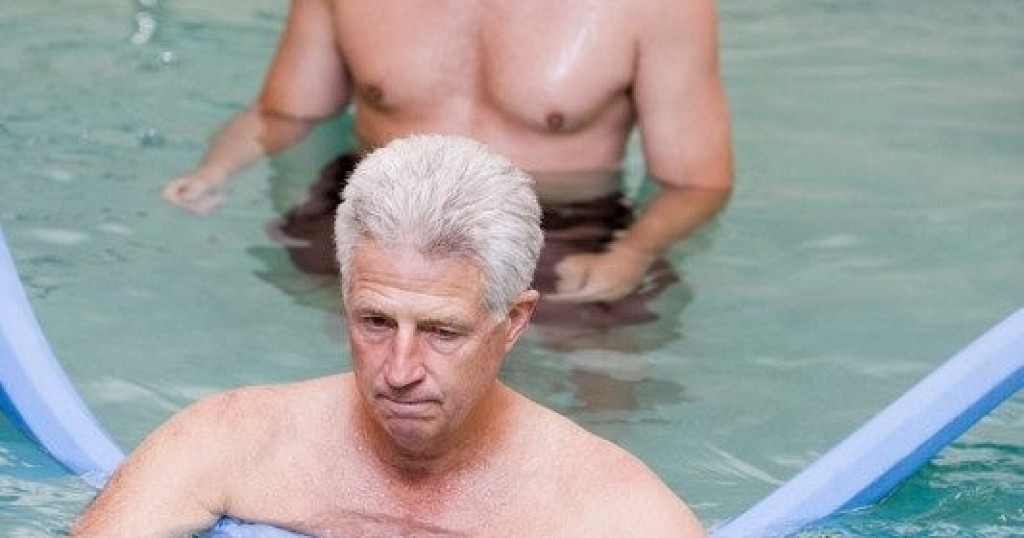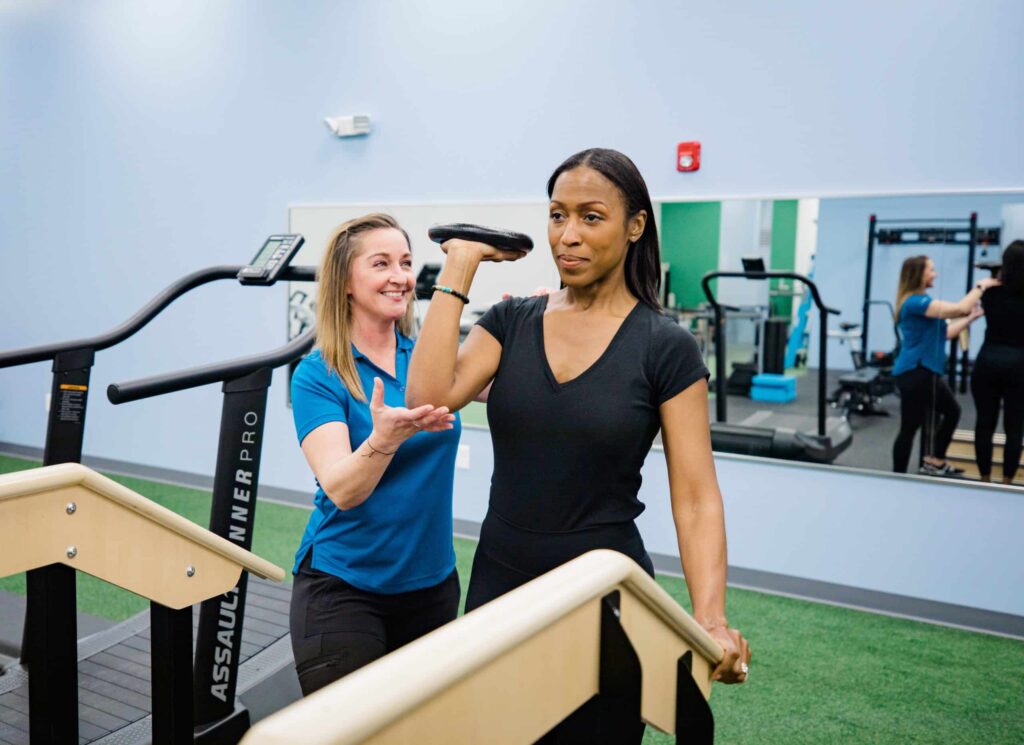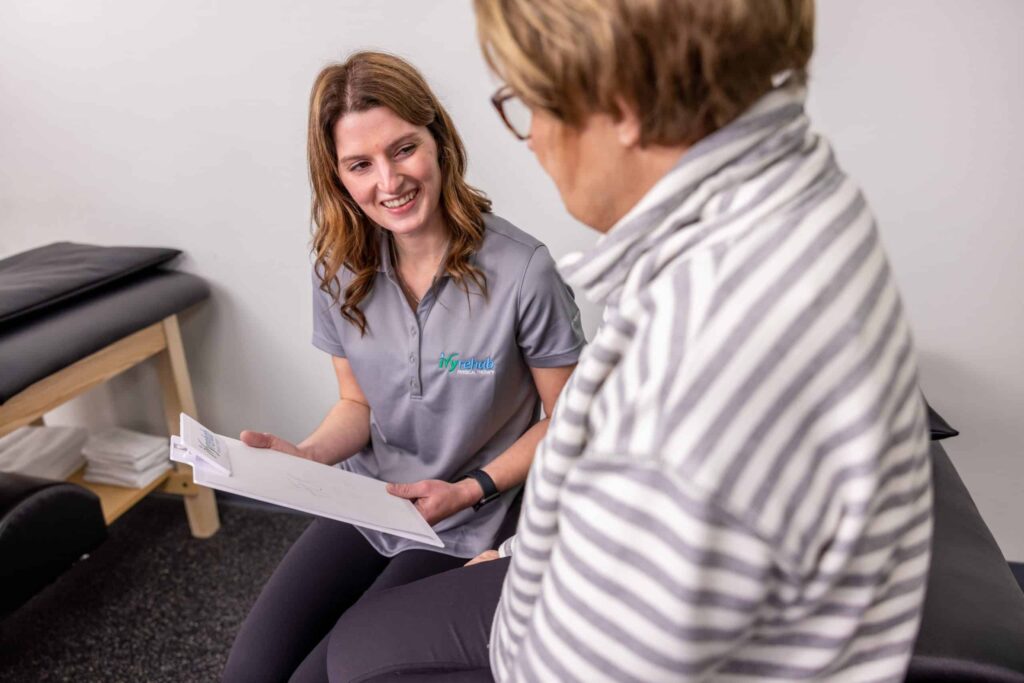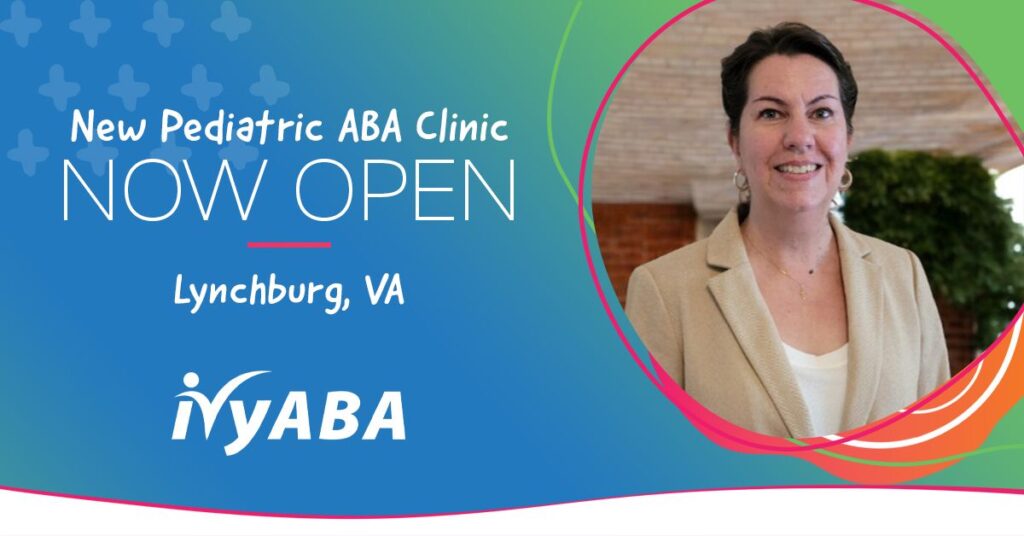The Effect of Aquatic Exercise and Education on Lowering Fall Risk in Older Adults with Hip Osteoarthritis (OA)
The current geriatric population was once of the most athletically active generations to date among both males and females. As a result, many of the population >65+ have been diagnosed with varying severities and locations of osteoarthritis. By definition, osteoarthritis is the most common form of arthritis and affects many joints throughout the body. According to the CDC, OA affects 13.9% of the population >25 years old and 33.6% of those 65+ years old. The pain and dysfunction associated with this diagnosis results in low levels of physical activity. This places individuals with arthritis at further risk of inactivity-associated conditions such as cardiovascular disease, diabetes, obesity, and functional limitations.1
Older adults with hip osteoarthritis are at higher risk of falls because of lower limb weakness, slower gait, decreased mobility, and pain. Because of a greater fear of falls, this population may be reluctant or unable to participate in a standard fall prevention program such as balance training, resistance training, and aerobic conditioning on land. Aquatic exercise has been promoted as an extremely effective program for individuals with lower extremity OA to decrease pain and improve function and self-efficacy.
Benefits of Aquatic Therapy
- The therapeutic temperature of the water facilitates muscle relaxation and increases peripheral circulation
- Water viscosity provides resistance for strength training
- Targeted body awareness, balance, and trunk stability in the warm water
- There is reduced gravitation forces on the body in the water, can target gait training and strengthening exercises without damaging healing structures
- Buoyancy results in decreased pain sensitivity
A recent article highlights the effect of aquatic exercise in conjunction with education on reducing the fall risk in an older adult with hip OA. The study included seventy-nine adults of 65+ years with diagnosed hip OA with at least 1 fall risk factor. They were randomly assigned to 3 groups: (1) aquatic exercise twice per week only, (2) aquatic exercises twice a week and education once per week, (3) control group of usual activity. Various evidence-based outcome measures numerically defining balance, falls, efficacy, dual-task function, functional performance, and walking performance were measured pre- and post-intervention. Through the statistical analysis, the study found that aquatic exercise in combination with a group education program can improve falls efficacy and functional performance in an older adult with hip OA.2
Start your aquatic therapy program today and allow yourself to get one step closer to the lifestyle that hip osteoarthritis has functionally limited.
1.Osteoarthritis. Center for Disease Control and Prevention Web site.http://www.cdc.gov/arthritis/basics/osteoarthritis.htmUpdated October 28, 2015. Accessed October 5, 2016.
2.Faulkner RA, Arnold CM. The effect of aquatic exercise and education on lowering fall risk in older adults with hip OA. Journal of Aging and Physical Activity, 2010, 18, 245-260.







